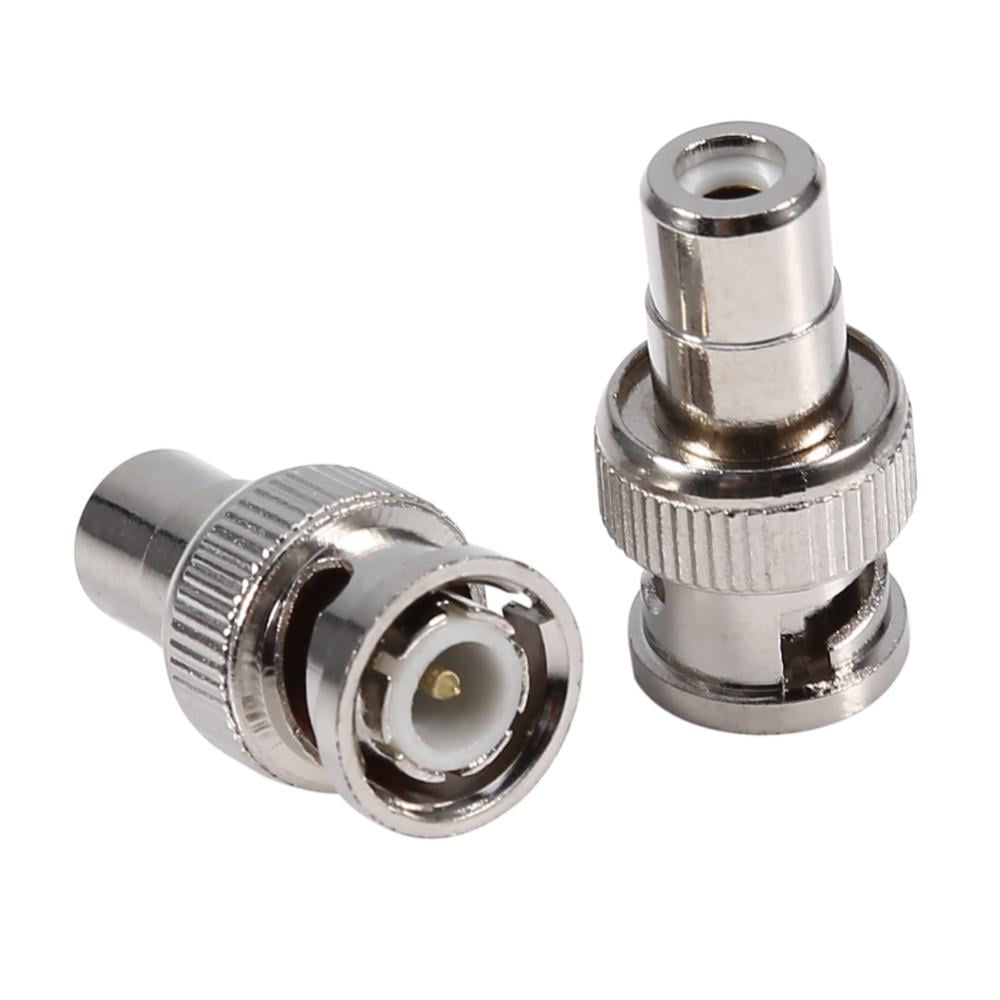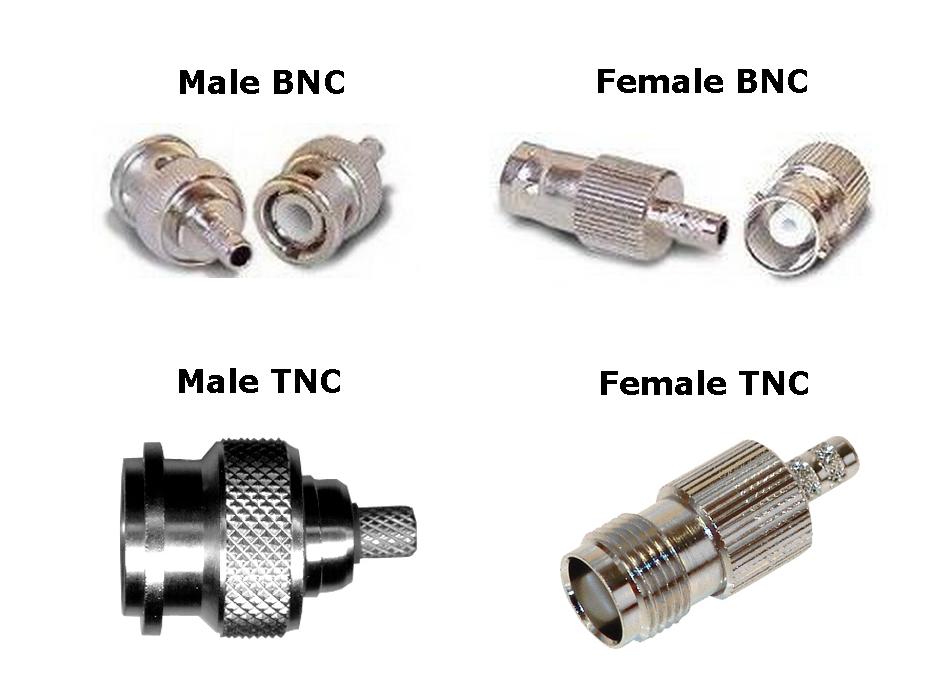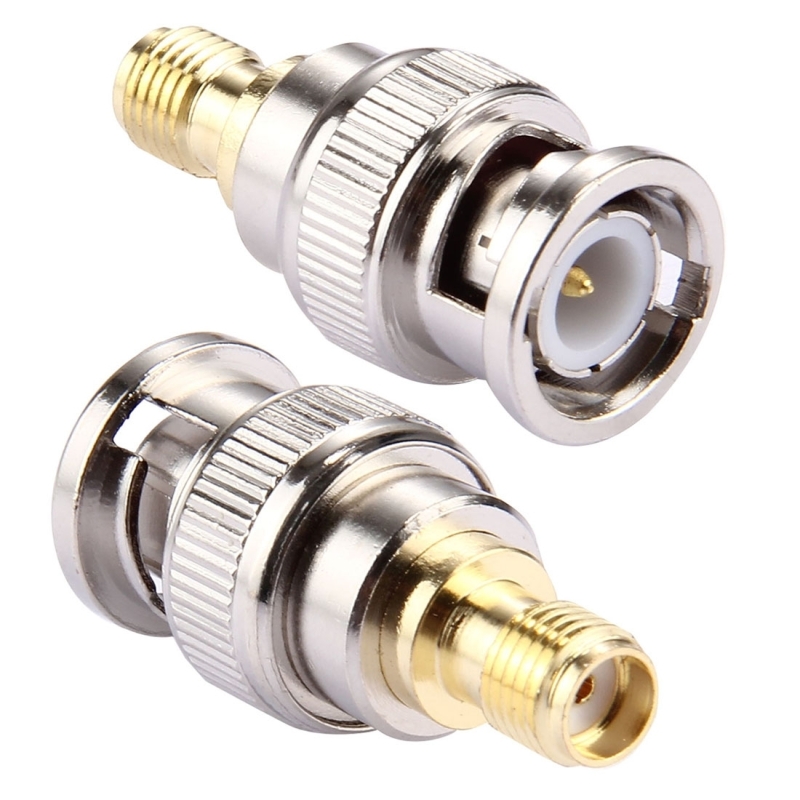

However, he focused on usability by using the bayonet quick-disconnect structure rather than the screw and unscrew connection. Similar to how the N connector maintained its characteristic impedance, Concelman’s connector did as well.

While employed by Amphenol at the same time, electrical engineer Carl Concelman created the C connector. Still in use today is this kind of connector. The weatherproof structure had male and female threads that matched in its outer shell and sockets. By keeping the distance between the outer shell and the center conductor connection as close to the feedline dimensions as possible, his N connector was able to maintain its characteristic impedance. In order to handle microwave frequencies, he set out to build a coaxial connector. While employed at Bell Labs, electrical engineer Paul Neill also created the N connector. At a flat cable end, cross-sections experience signal degradation due to reflection. This was accomplished by joining across the cable’s radial surface rather than a terminated cross-section. A connector for coaxial cables was developed in 1945 by Salati of the Hazeltine Electronics Corporation, which decreased wave reflection and loss. Octavio M.’s work served as the inspiration for Neill and Concelman’s connector. Although it was initially created for military use, it has since become popular for use in RF and video applications. The Bayonet Neill Concelman connector is the proper name for this connector, which is also occasionally referred to as a Berkeley Nucleonics Corporation connector, Bayonet Navy Connector, Baby N Connector, British Naval Connector, and British National Connector. A bayonet knife mount found on the end of rifles is used by the close-fitting locking mechanism.

The inventors, Paul Neill and Carl Concelman of the Amphenol Corporation, and the bayonet mount locking mechanism were honored with the name. In order to create a high-quality connector that could handle a variety of applications, BNC connectors were initially developed in the late 1940s. The end result is a secure connection and cables that are not likely to come loose any time after installation, despite the fact that this process takes a little longer than any of the others. Using the 2-piece BNC crimp-on connectors, installing cables requires the following two tools: a crimping tool and a cable stripper. 3-piece is rarely used, so for the sake of this article, we’ll just discuss the 2-piece method. Crimp-on ConnectorĪdditionally, there are two variations of the crimp-on BNC connector: 2-piece and 3-piece. This indicates that they are not only able to eliminate at least one more piece of material during a typical run, but also that they are exceptionally skilled at what they do because they do it frequently.

#Bnc vs f connector install
Many installers also favor method two because F-connectors can be used to install most TVs as well as surveillance systems (the Mammoth Security office in Middletown, CT can assist you with this). Since the coax core is visible in the second method and there is no need to guess the length, there is very little room for error. There are two methods for installing BNC compression connectors: 1) use a one-piece A compression F connector was attached to the coax cable before the BNC compression connector was screwed on. A screw-on BNC connector is attached to the cable after an F connector, just like with method number 2 above. The F-Crimp connector technique is similar to the F-compression connector technique, but it uses a crimp-on connector rather than a compression one. Despite the misconception that twist-on BNCs are unreliable because they do not attach as firmly as crimp-on or compression connectors, they can function properly when the cable is properly prepared. If the cable is not first stripped, tools may, of course, be required. This kind of connector is easy to use and doesn’t need any special tools because, as its name suggests, you just twist it onto the coax cable to attach it. Types Of BNC ConnectorsīNC connectors typically come in four different varieties: Nearly always, BNC connectors are used to terminate coaxial ethernet cables. Due to its low-signal-loss architecture, BNC is also utilized in high-grade analog communications test equipment and avionics. In place of coaxial connectors, the Bayonet Neill-Concelman Connector (BNC connector) is a coaxial RF (Radio frequency) electrical connector type.Ī BNC connector is used in electronic architectures like audio, video, and networking to connect various radio frequencies up to 3GHz and voltages under 500V DC.


 0 kommentar(er)
0 kommentar(er)
